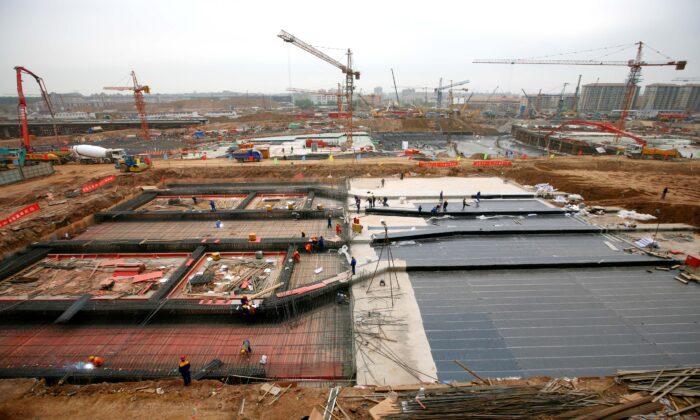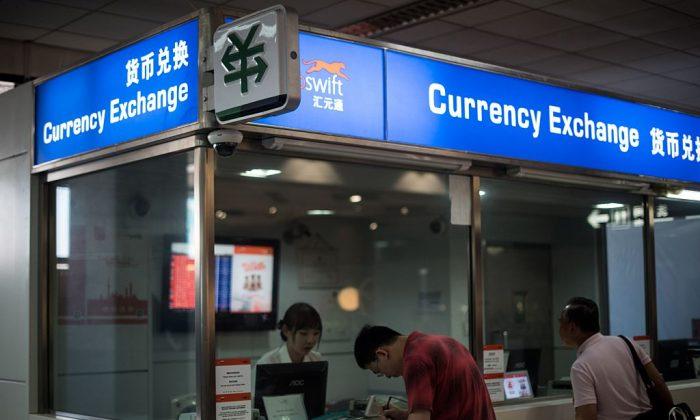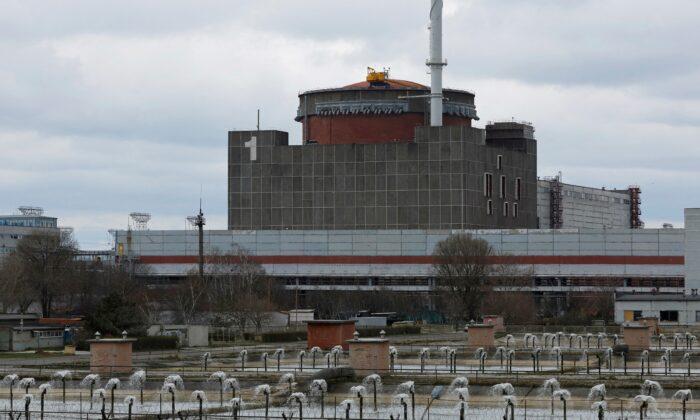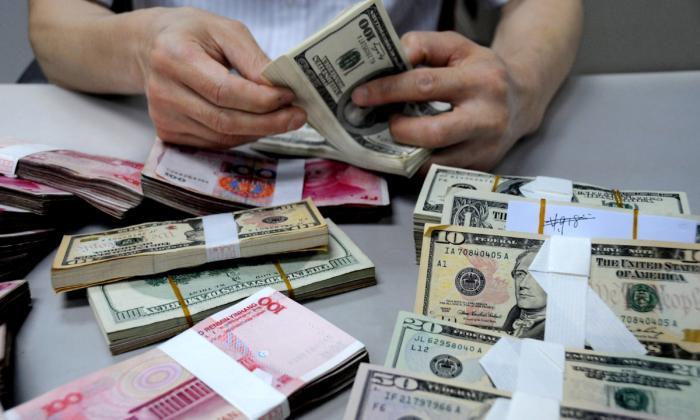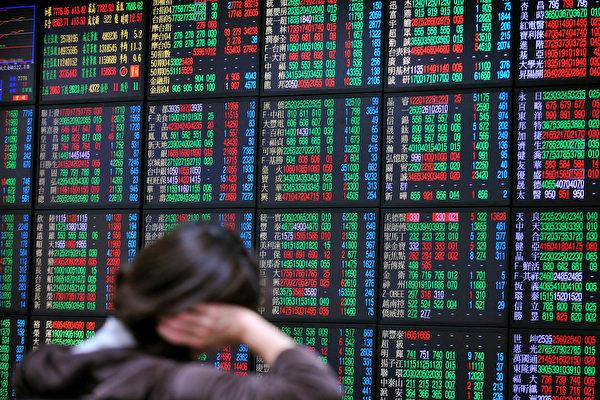China doubled its investment in major infrastructure projects in the face of downward economic pressure, with total investment exceeding 1 trillion yuan (about $156.8 billion) in early 2022. Given that the country’s infrastructure is close to saturation, such a move might not be effective, a financial source believes.
“Ramping up infrastructure investment is likely difficult to achieve the expected effect of boosting China’s economy,” Albert Song, a senior financial professional focused on China’s political and economic spheres, told The Epoch Times on April 11.
In recent years, China’s local authorities have been building railroads, highways, and airports. However, “many highways have little vehicle flow, airports have very low throughput, and even commercial complexes in some cities have little business or pedestrian traffic, making it difficult to maintain marginal utility,” Song said.
Marginal utility can be understood as the incremental utility that a consumer receives from each successive unit of consumption of a good over a given period of time, with no change in the number of other goods consumed.
China’s actual demand for infrastructure is almost saturated, while trillions of dollars are still being spent in infrastructure projects this year, Song said.
Guangzhou, one of the richest cities in southern China, kept the first quarter of 2022 major projects focused on the completion of contract signing activities. On March 29, 242 projects were starting construction, with a total investment of more than 600 billion yuan (about $96 billion). Among them, Tianhe District started 12 projects, with a total investment of 25 billion yuan (about $4 billion), 28 percent or 7 billion yuan (about $1.12 billion) higher than the first quarter of 2019.
China’s infrastructure investments continued to speed up in April. From April 1 to 8, some 4,385 major projects were launched across China, with a total investment of over 2 trillion yuan ($313.6 billion). Chinese financial media Eastmoney reported on April 9.
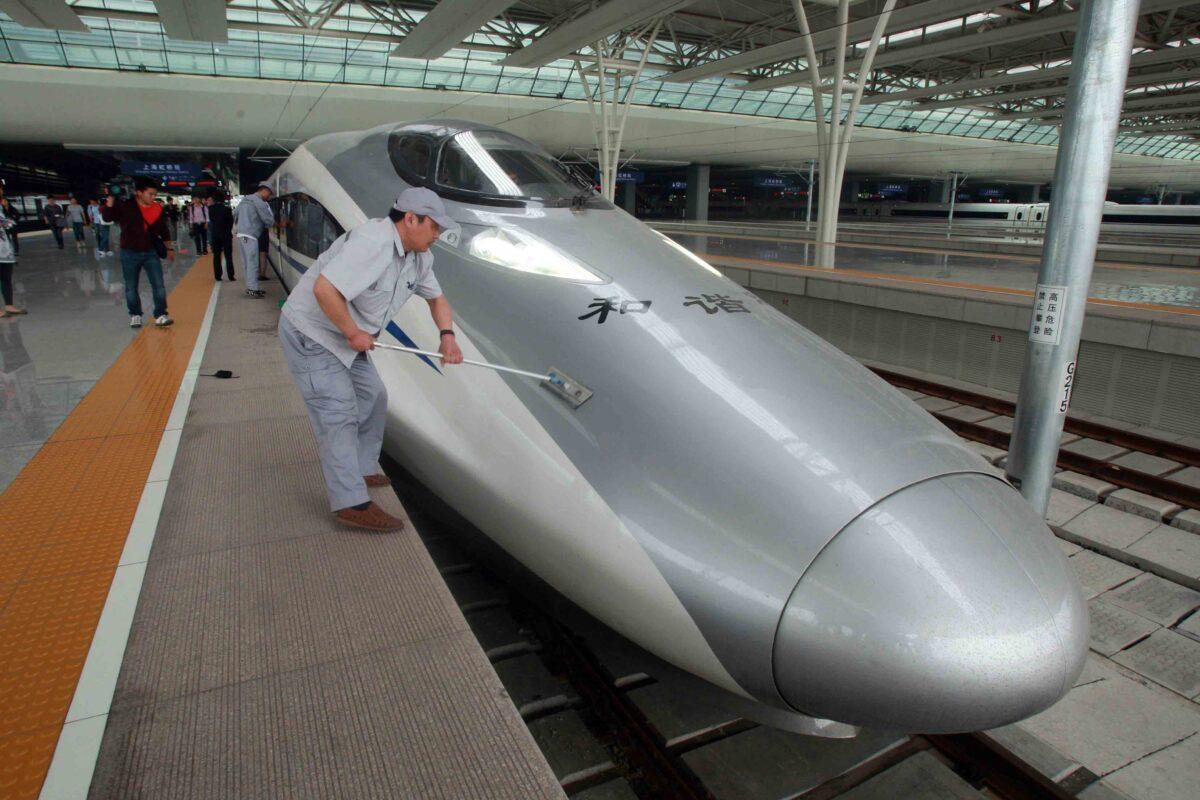
Infrastructure projects were playing a crucial role in 2008 when the global economic and financial crisis hit China, “at that time, large investment in [infrastructure project] saved the Chinese economy,” Song said.
In 2008 China introduced a 4 trillion yuan (about $640 billion) stimulus plan, which was mainly for infrastructure development. Additional funds in the later stages eventually totaled 30 trillion yuan ($4.8 trillion) and up, according to Song.
Other than large infrastructure projects, Song believes consumption can boost China’s economy. Whether a country’s economy is good or not depends on the level of consumption.
“China is the world’s largest consumer market, but the Chinese Communist Party’s harsh zero-COVID policy has trapped people and made the service sector less efficient,” Song said.
In 2021, Shanghai saw total retail sales of consumer goods of 1.8 trillion yuan (approximately $288 billion), 1 percentage point higher than that of the whole country, ranking first of all cities in China. But in 2022, it would be impossible for the megacity to maintain its economic leadership.
China’s economic data for the first quarter will be released soon, but it will not fully reflect the impact of the pandemic outbreak, Song said.
